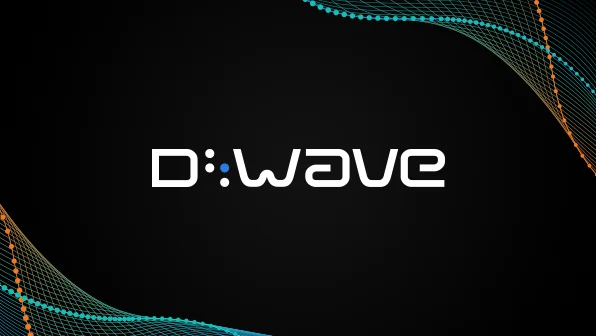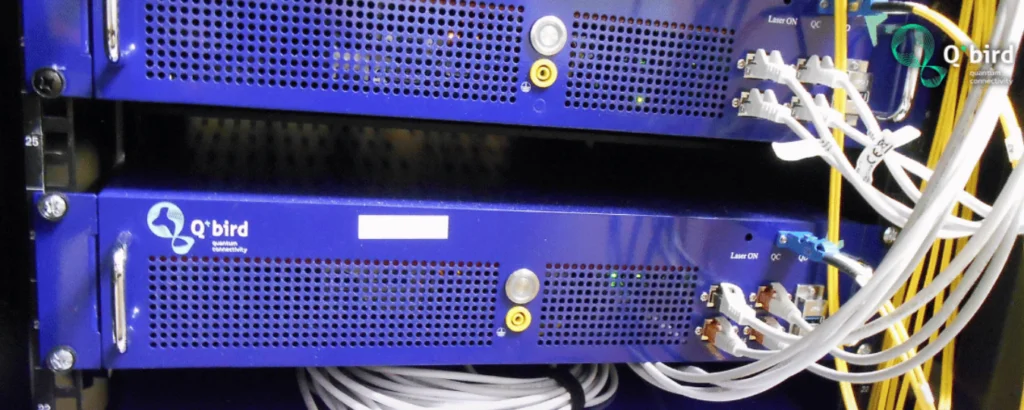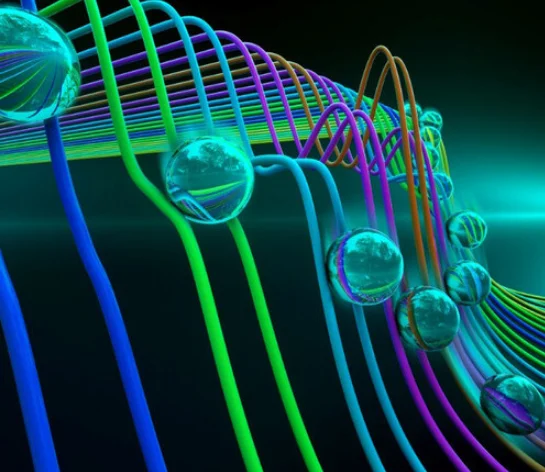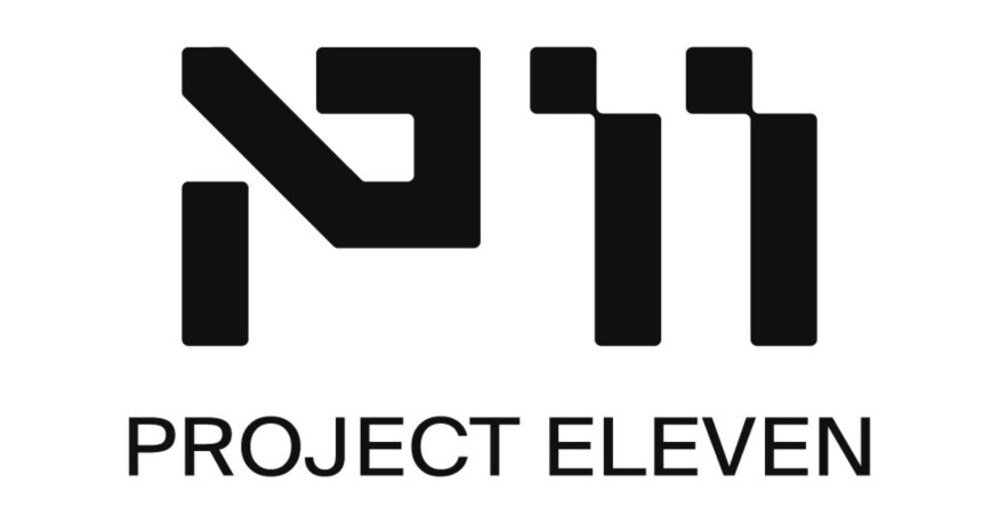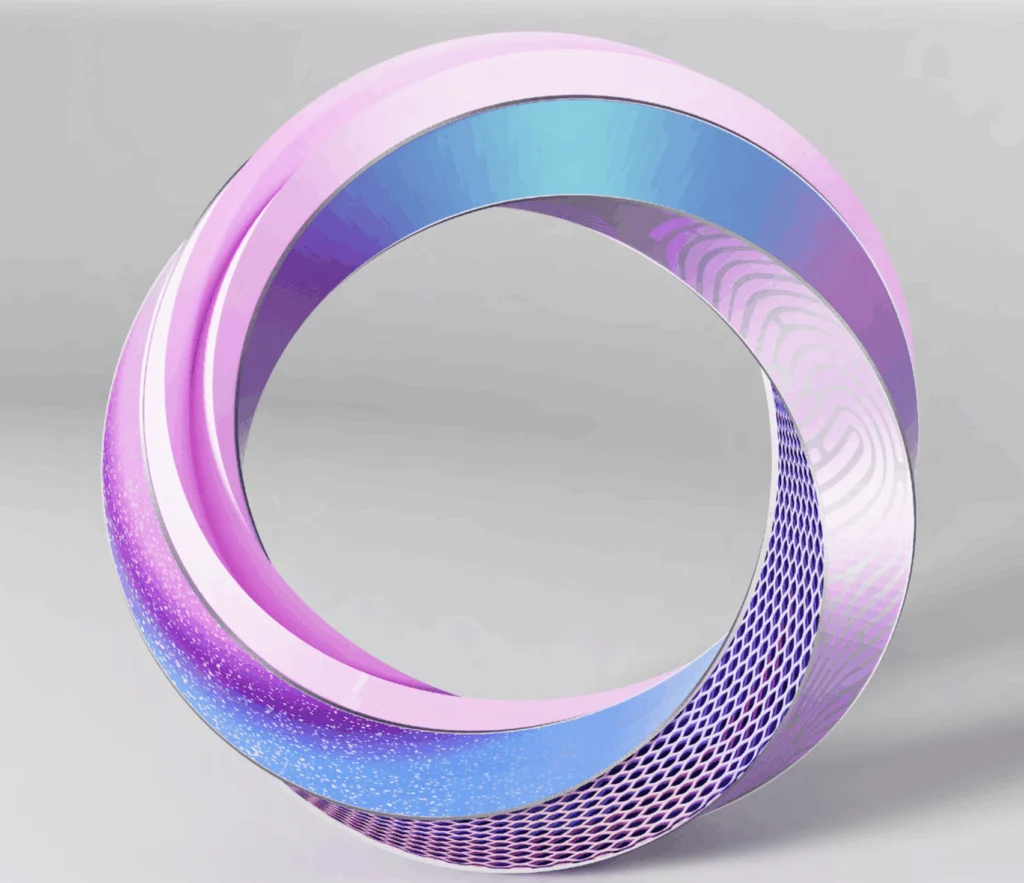Insider Brief
- Google Quantum AI’s new LUCI error correction framework improves fault tolerance in quantum computers by dynamically adapting circuits to handle defective qubits and couplers, achieving a 36× reduction in logical error rates compared to existing methods.
- LUCI preserves spacelike distance in error correction circuits, reducing the number of physical qubits required by 25%, which is key to building scalable quantum systems despite hardware imperfections.
- While LUCI introduces some trade-offs, such as halving timelike distance, its flexibility and efficiency make it a significant step toward more reliable and scalable quantum computing.
Google Quantum AI researchers report a new error correction framework — that they call LUCI for the L-, U-, C-, and I-shaped diagrams that are used in the framework — may help address a fundamental challenge in the scaling of quantum computers: how to maintain fault tolerance in systems where some qubits and couplers — key components in quantum computing — are defective.
According to a recent article published on ArXiv, the LUCI technique offers a flexible way to construct fault-tolerant quantum circuits capable of adapting to these imperfections, or “dropouts.” The researchers claim LUCI significantly improves error rates while reducing the number of physical qubits required, making it at least a step toward scalable quantum computing.
Quantum error correction is essential for the development of large-scale quantum computers, the team reports. These computers, once fully realized, could perform calculations far beyond the reach of classical supercomputers.

However, the researchers write that quantum computers face a big hurdle: qubits, the fundamental units of quantum computation, are extremely prone to errors. Physical qubits need to be grouped together into logical qubits using error-correction codes to prevent errors from accumulating and crashing computations. Current quantum architectures can require thousands of physical qubits just to create one logical qubit, a figure that makes scaling quantum systems highly complex and costly.
The LUCI framework addresses a key obstacle in quantum error correction: the presence of defective or temporarily non-functional qubits and couplers, known as “dropouts.” In solid-state architectures like Google’s Sycamore and USTC’s Zuchongzhi quantum processors, fabrication errors can render certain qubits or couplers unusable, while transient errors, such as those caused by drifting two-level systems (or TLSs, which are quantum defects that switch between two energy states unpredictably), can degrade performance over time. LUCI’s approach to this problem is to adapt error correction circuits dynamically around these defects, allowing the system to continue operating efficiently despite the presence of dropouts.
According to the ArXiv article, LUCI significantly improves upon existing methods of handling dropouts. For a 1% dropout rate (which includes both qubit and coupler dropouts) and a patch diameter of 15, LUCI achieves an average “spacelike distance” of 13.1, compared to 9.1 for the best-known techniques. The spacelike distance refers to the minimum length a logical operator must travel across a quantum circuit before an error occurs, and a longer distance corresponds to better fault tolerance.
In practical terms, the researchers suggest the improvement translates into a 36 times reduction in the median logical error rate per round compared to previous methods. As device performance improves, this factor could increase even further.
The Long And Winding Code
The LUCI framework operates by constructing quantum circuits from flexible rounds, each starting and ending at a “mid-cycle” state of the surface code, a well-known quantum error correction code. The surface code is widely used because it can correct both bit-flip and phase-flip errors, which are common in quantum systems. In LUCI, circuits are built using a visual language known as LUCI diagrams, which depict how stabilizer measurements are performed in each round. These diagrams allow the circuit to adapt dynamically to the presence of dropouts, ensuring that all critical components are measured, even when parts of the system are defective.
One of LUCI’s key advantages is its ability to preserve spacelike distance while minimizing the impact of broken components. Unlike traditional error correction methods, which may sacrifice multiple qubits or couplers to handle a single defect, LUCI uses available resources more efficiently, working around the damaged areas without significantly reducing overall performance.
The researchers note that for the same dropout rate, LUCI requires approximately 25% fewer physical qubits to achieve one-in-a-trillion error rates for logical code blocks. This reduction in qubit overhead is a major benefit for the scalability of quantum systems, as it lowers the hardware requirements for reaching practical quantum error correction.
While LUCI shows significant improvements in handling dropouts, it does introduce some trade-offs. The framework achieves its gains in spacelike distance by halving the “timelike distance,” a measure related to the temporal stability of quantum operations. Timelike distance refers to the minimum length a logical operator must travel in the time domain before causing an error.
Although LUCI reduces this distance, the researchers argue that the benefits in spacelike distance outweigh the costs, particularly in low-error environments where spacelike distance is the more critical factor for fault tolerance.
The researchers tested LUCI’s performance using simulations of quantum circuits with various dropout rates and noise models. They compared LUCI to other well-known methods, such as the Auger/Bandage method and the Strikis/Brown method. The simulations were conducted using Google’s Sycamore processor architecture and a correlated minimum-weight perfect matching decoder, which helps identify and correct errors efficiently in quantum systems.. The results showed that LUCI outperformed both methods in terms of distance and logical error rates. For the 1% dropout rate scenario, LUCI achieved a 25× improvement in logical error rate per round compared to the other methods.
The article notes that this performance advantage becomes even more pronounced at lower physical error rates, which are expected as quantum hardware improves.
You Say You Want an Error-Correction Revolution?
The flexibility of LUCI’s circuit construction is one of its main strengths, according to the researchers. The framework can handle not only isolated dropouts but also clusters of defects, which are more difficult to address using traditional methods. By dynamically adjusting the placement of qubits and couplers, LUCI can maintain high fault tolerance even in systems with non-uniform defect distributions. This adaptability is crucial for future quantum computers, which will likely face a wide range of hardware imperfections as they scale up.
Where LUCI Needs A Little Help
The researchers acknowledge that the technique’s reduced timelike distance could pose challenges for certain types of quantum operations, particularly those that rely on long-term stability. Additionally, LUCI circuits require more complex calibration than standard surface code circuits, which may increase overhead in practical implementations.
Despite these challenges, the researchers are optimistic that LUCI’s advantages in spacelike distance and qubit efficiency will outweigh its drawbacks in most quantum computing applications.
Looking ahead, the researchers plan to explore several avenues for improving LUCI. One area of focus is optimizing the algorithm used to generate LUCI diagrams, with the goal of further reducing the qubit overhead required for error correction. Another potential area of development is the integration of LUCI with other advanced quantum error correction techniques, such as shells and ensemble decoders. The researchers also intend to extend LUCI’s capabilities to logical gate operations, such as lattice surgery, which would enable more complex quantum computations while maintaining fault tolerance.
In the longer term, LUCI could play a role in developing fault-tolerant quantum processes that do not rely on predefined error correction codes. The researchers suggest that LUCI’s flexibility makes it a potential step toward code-free quantum error correction, where circuits are dynamically adjusted to handle errors in real-time. This vision, while still theoretical, could lead to more resilient quantum systems that can operate effectively even in the presence of significant hardware imperfections.
Google Quantum AI’s research team includes: Dripto M. Debroy, Matt McEwen, Craig Gidney, Noah Shutty and Adam Zalcman.












